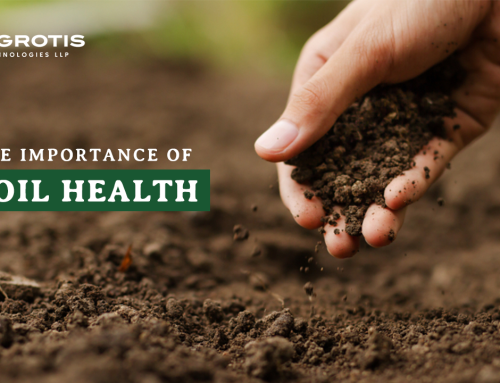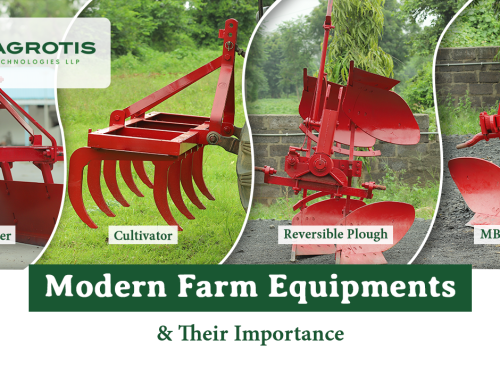If you have a garden or lawn, then you know how important it is to water your plants regularly. But watering can be a tedious and time-consuming task, especially if you have a large outdoor space. That’s where an irrigation system comes in handy. An irrigation system is a way of delivering water to plants. It can be used to water lawns, gardens, crops, and other plants. It automatically waters your plants, saving you time and effort. In this blog post, we’ll discuss how to choose the right irrigation system for your garden or lawn.
What is an irrigation system?
An irrigation system is a network of pipes, valves, and sprinklers that distribute water to your plants. The system is designed to deliver water in a controlled manner to ensure that your plants receive the right amount of water they need to grow healthy and strong. There are different types of irrigation systems available, and choosing the right one depends on your garden or lawn’s size and the plants you want to water.
What are the benefits of having an irrigation system?
There are many benefits to having an irrigation system. Some of the benefits include:
- Saving water: Irrigation systems can help you save water by watering your plants more efficiently.
- Saving time: Irrigation systems can save you time by watering your plants automatically.
- Improving plant health: Irrigation systems can help improve plant health by providing your plants with the water they need when they need it.
- Increasing crop yields: Irrigation systems can help increase crop yields by providing crops with the water they need when they need it.
What should I consider when choosing an Irrigation system:
There are a few things you should consider when choosing an irrigation system. These include…
- The size of your yard or garden
- The types of plants you have
- The climate you live in
- Budget you have
What types of irrigation systems are available?
There are many different types of irrigation systems available. Some of the most common types include:
- Sprinkler irrigation systems: Sprinkler irrigation systems use sprinkler heads to distribute water over a large area. This system is ideal for large lawns or gardens.
- Drip irrigation system: A drip irrigation system delivers water directly through the roots of your plants. This system is ideal for small gardens or individual plants.
- Micro sprinkler system: A micro-sprinkler irrigation system uses small sprinkler heads to distribute water over a small area. This system is ideal for vegetable gardens or flowerbeds.
- Soaker hoses: Soaker hoses are long, flexible hoses with small holes that allow water to seep out slowly.
How are irrigation systems installed?
Installing an irrigation system can be a complex process, and it’s best to leave it to the professionals. However, here’s an overview of the steps involved:
- Plan your system: Before installation, you need to plan your irrigation system. This involves mapping out your garden or lawn and deciding where to plant things.
- Choose your components: Once you have a plan, you need to choose the components for your irrigation system. This includes pipes, valves, sprinkler heads, and emitters.
- Prepare the site: You need to prepare the site by removing any obstacles that may interfere with the installation process.
- Install the components: The next step is to install the pipes, valves, sprinkler heads, and emitters according to your plan.
- Test the system: Once the installation is complete, you need to test the system to ensure it’s working correctly. This involves checking for leaks and adjusting the water pressure.
How to maintain the irrigation system once it is installed?
Maintaining your irrigation system is crucial to ensuring it functions correctly and efficiently. Here are some maintenance tips:
- Check for leaks: Regularly check your system for leaks, especially around joints and connections.
- Replace damaged components: If you notice any damaged components, such as broken or cracked pipes, replace them immediately.
- Clean filters: If your irrigation system has filters, clean them regularly to ensure proper water flow.
- Adjust watering schedule: Depending on the weather and season, you may need to adjust your watering schedule to avoid overwatering or underwatering.
Conclusion:
Irrigation systems can be a great way to save water, save time, and improve the health of your plants. Maintaining your irrigation system is crucial to ensuring that it functions correctly over time. If you’re considering installing an irrigation system, be sure to do the research and choose the system that’s right for you.






Leave A Comment